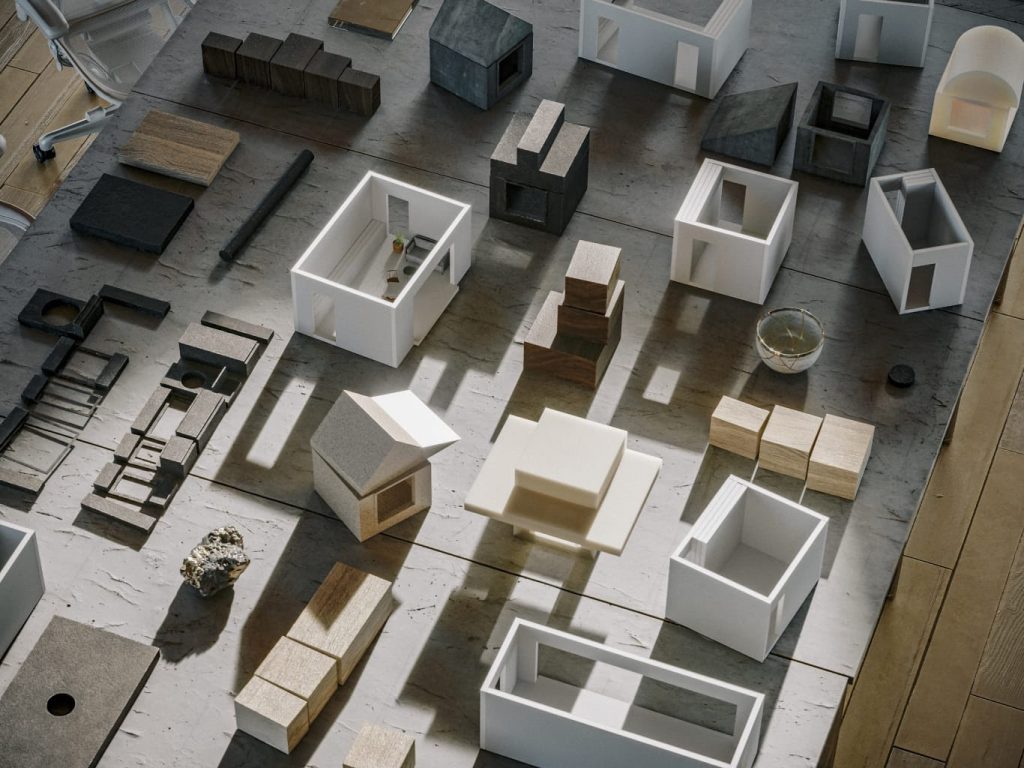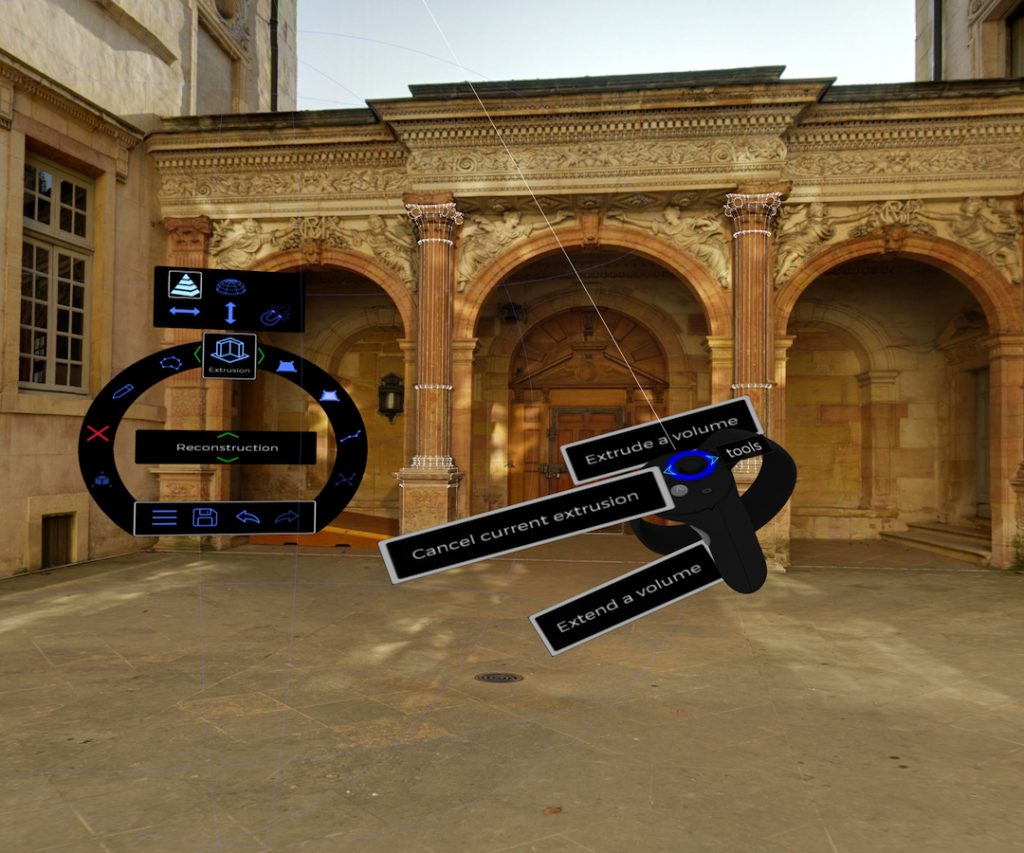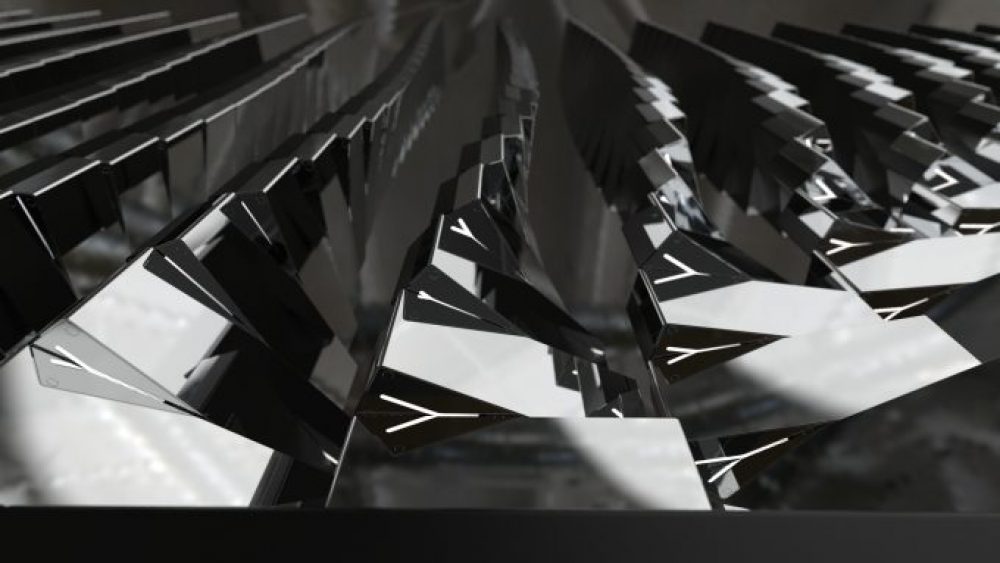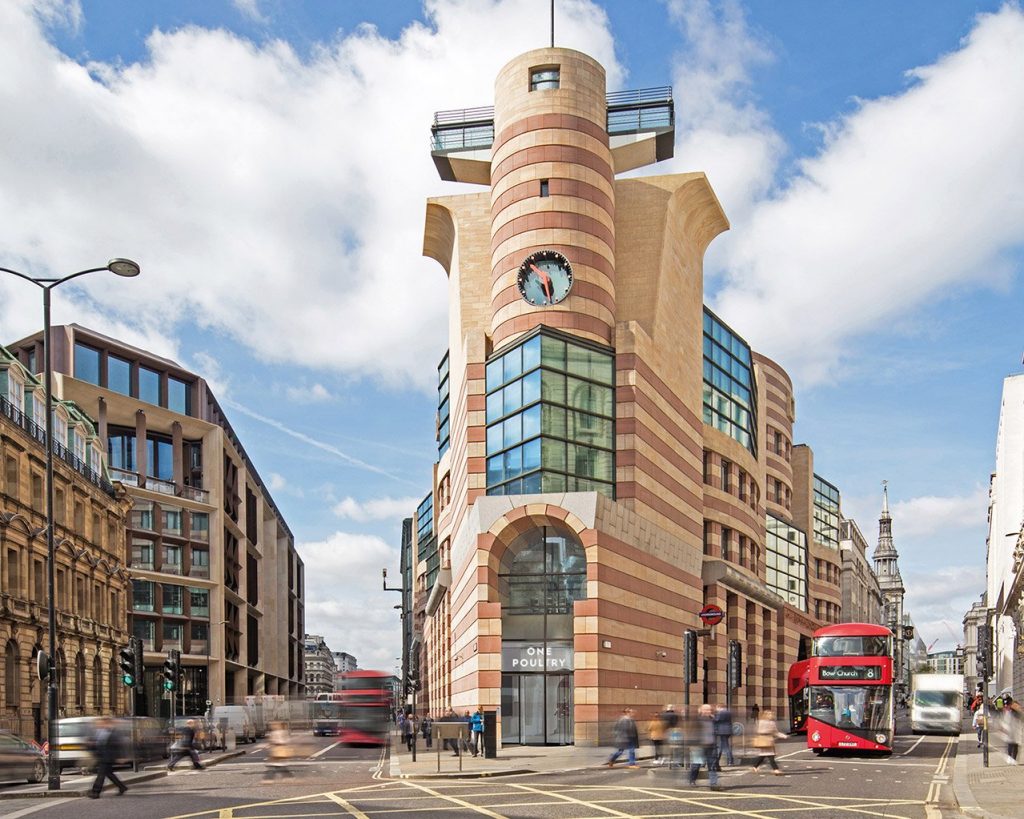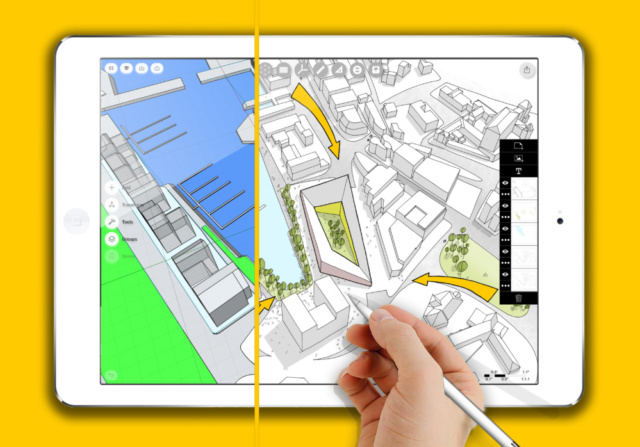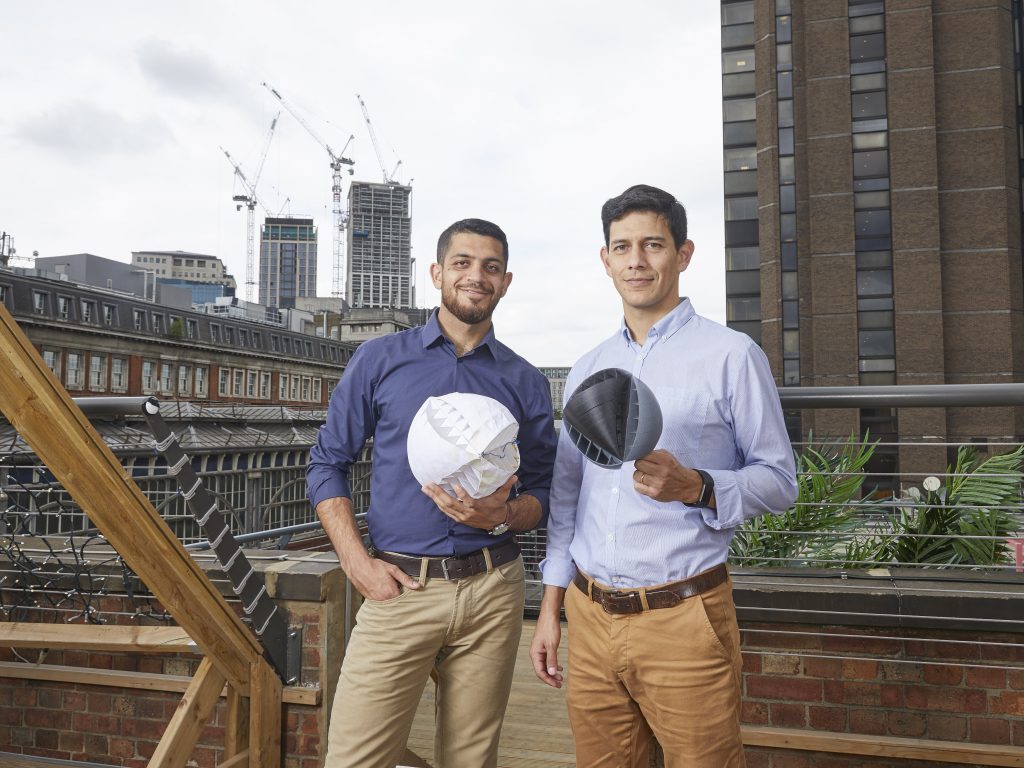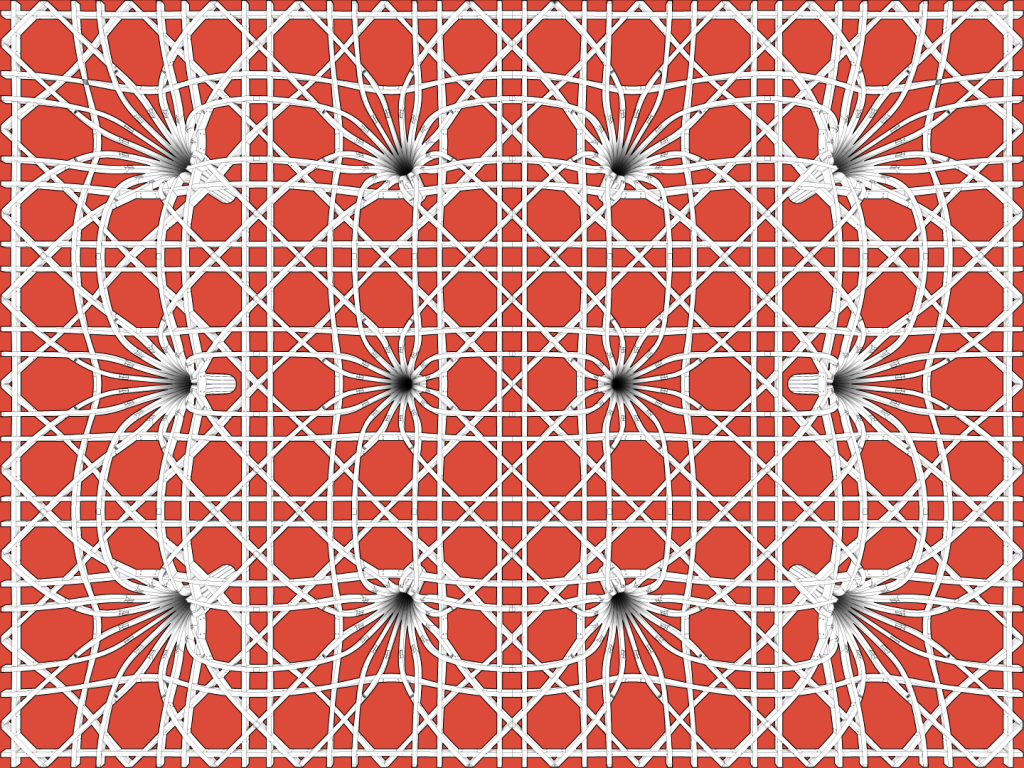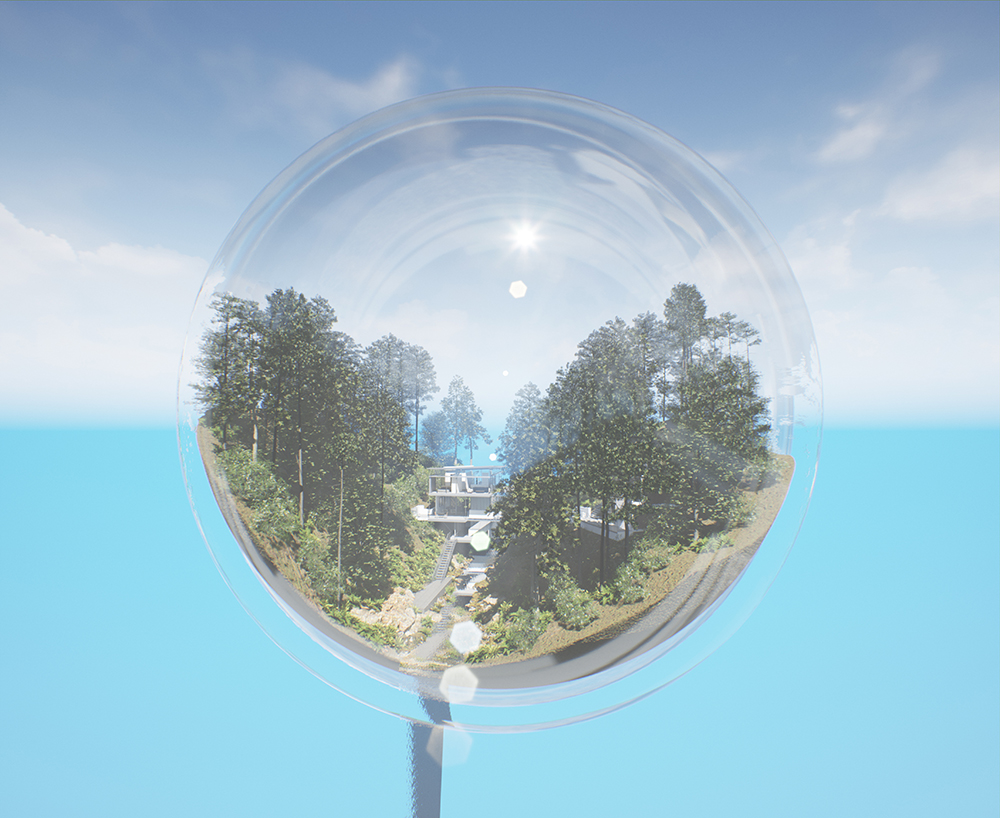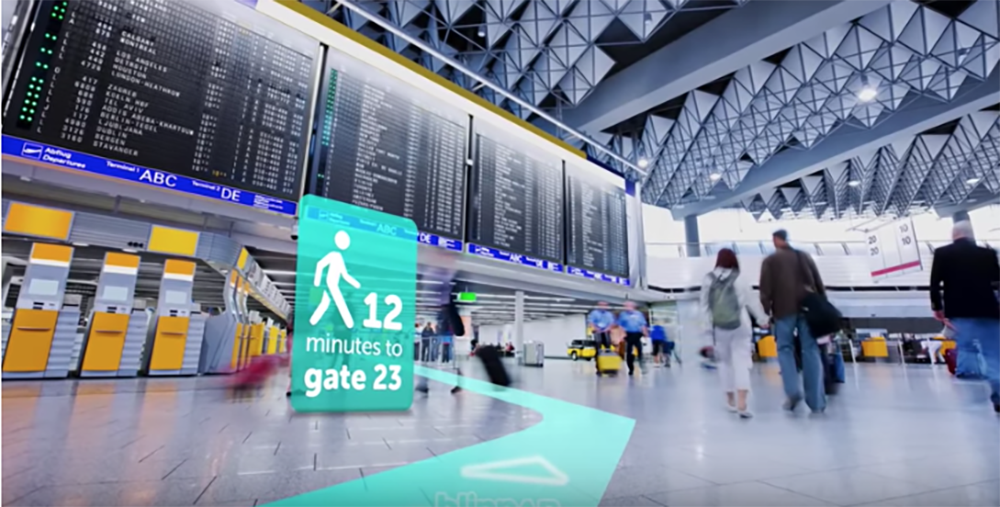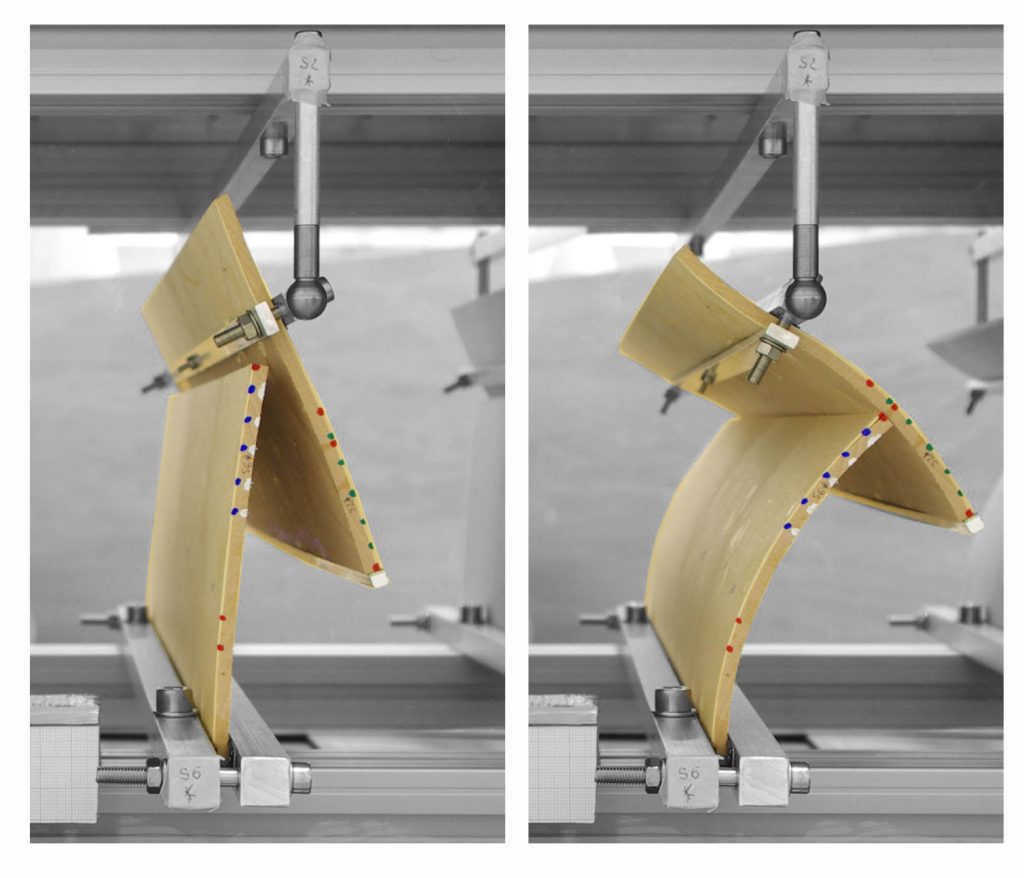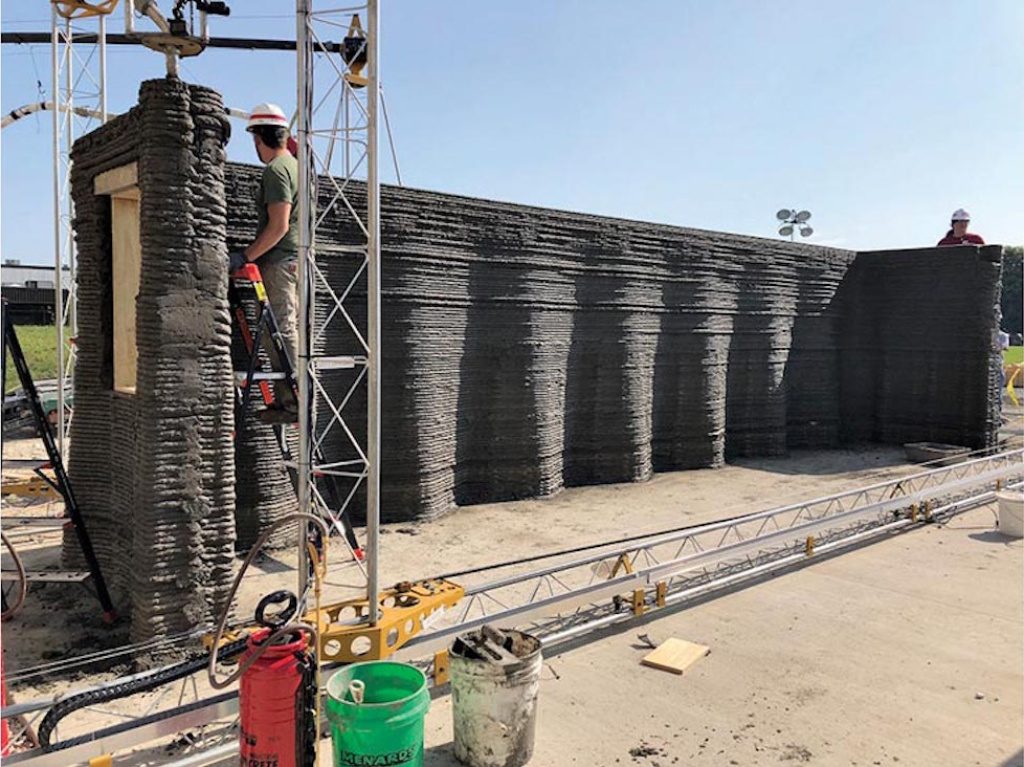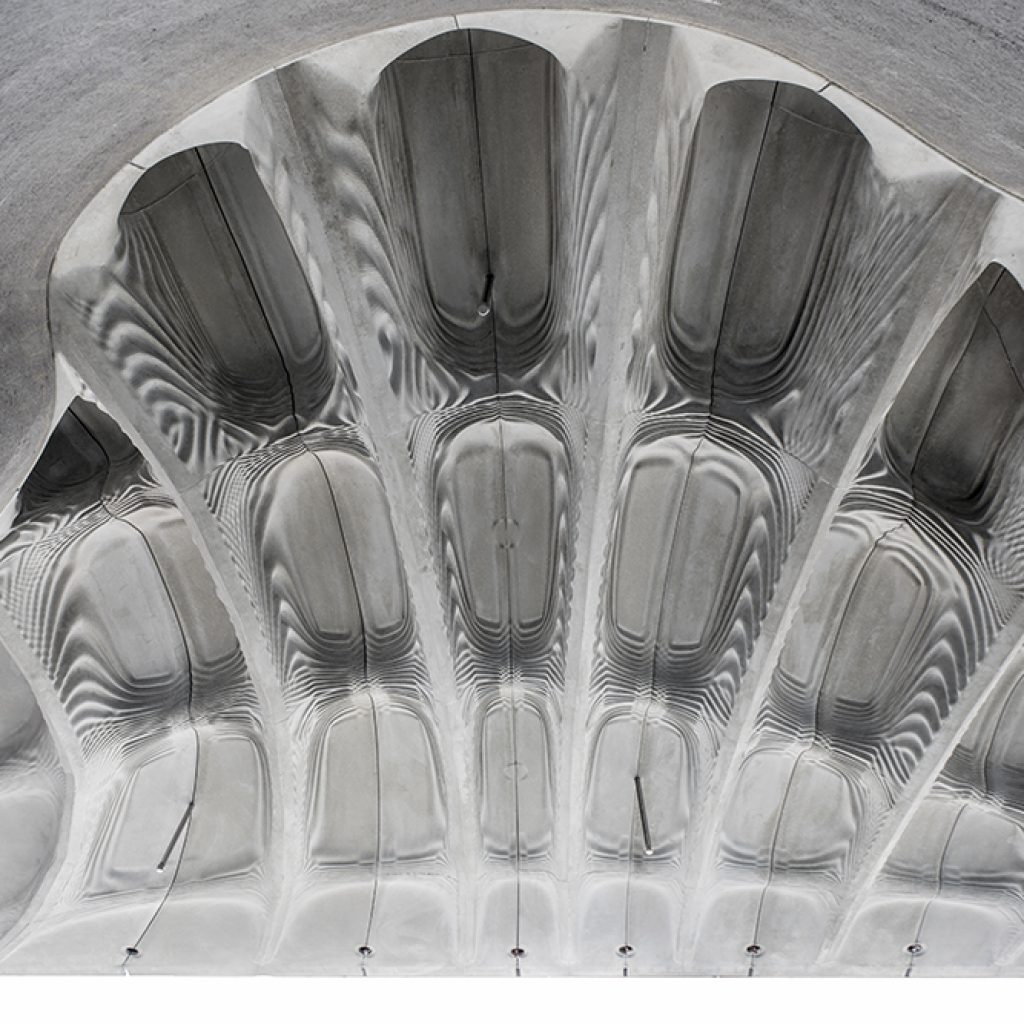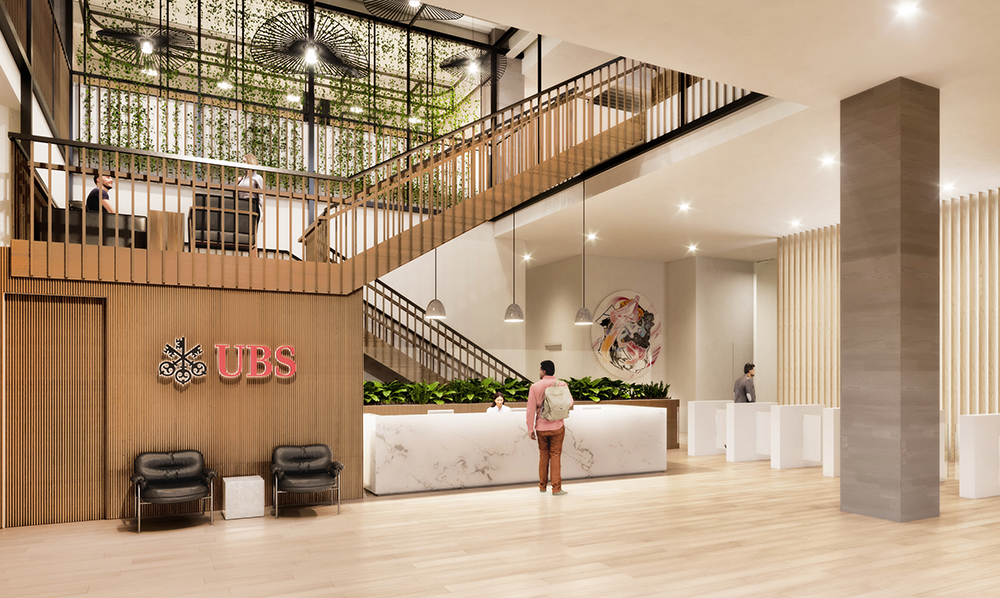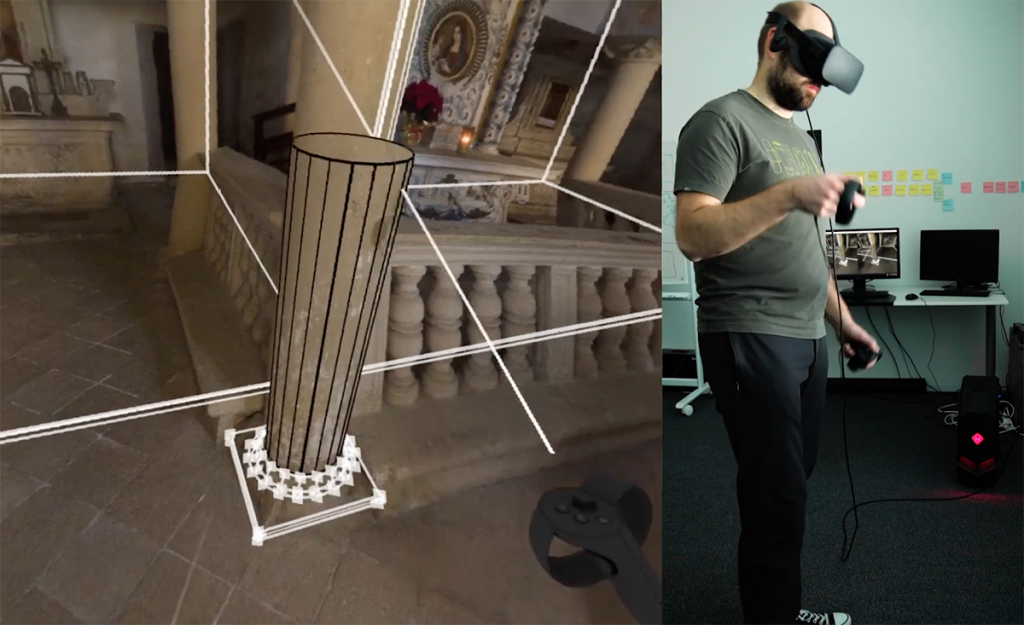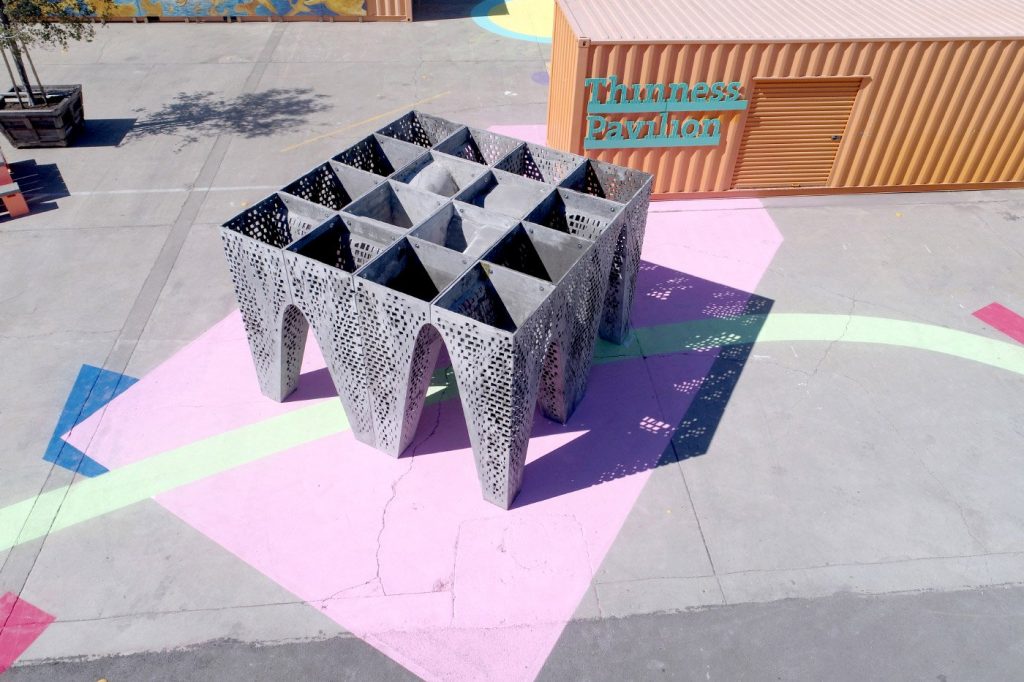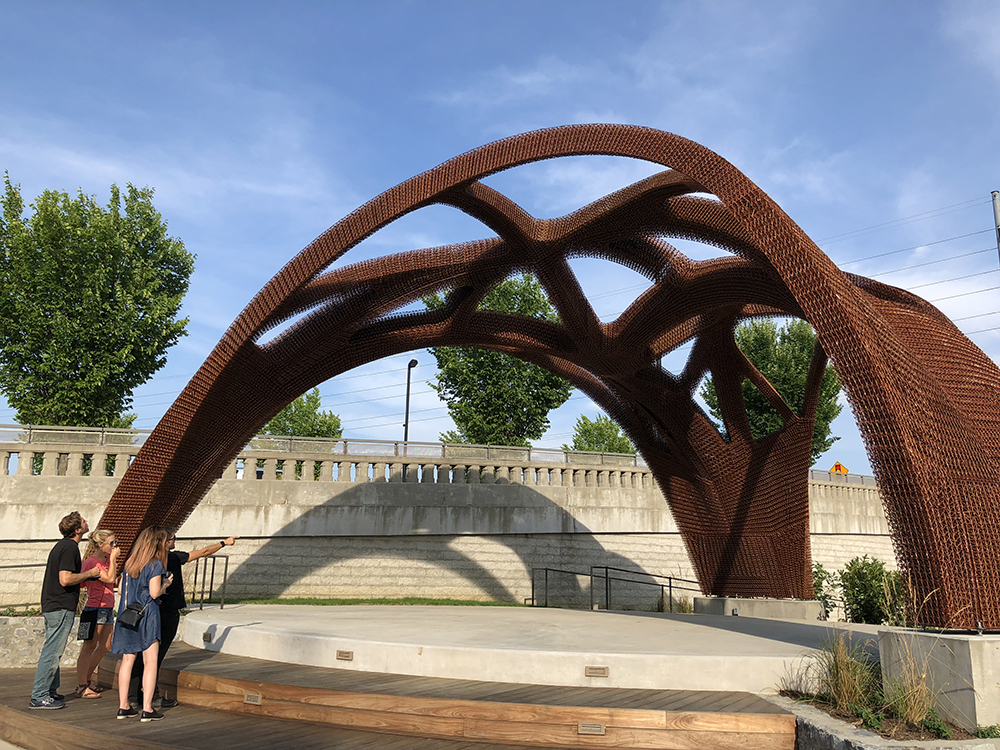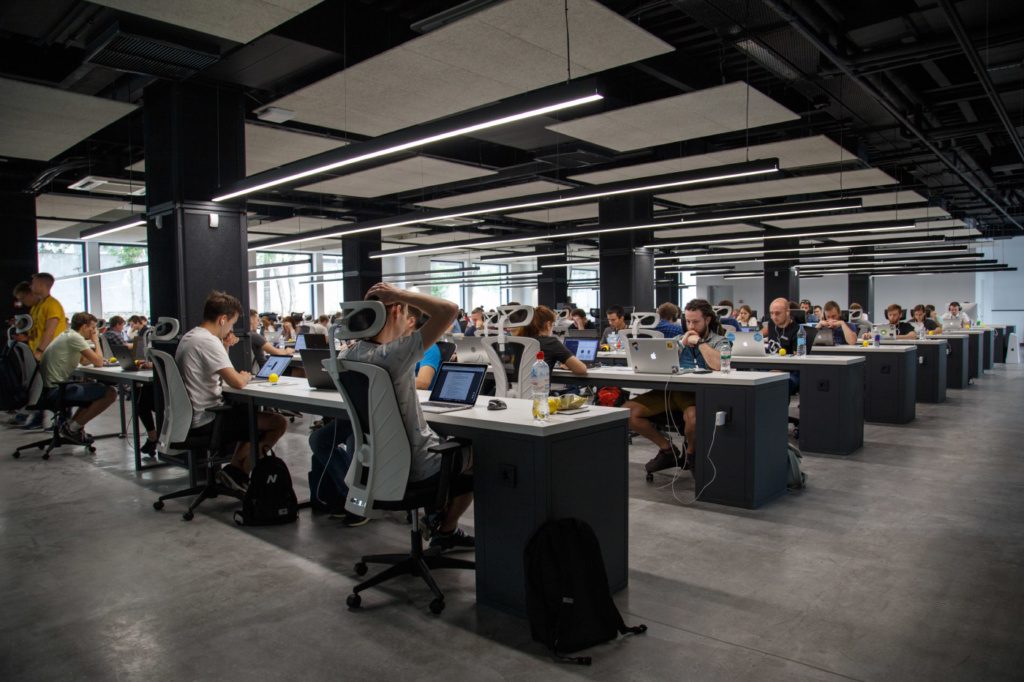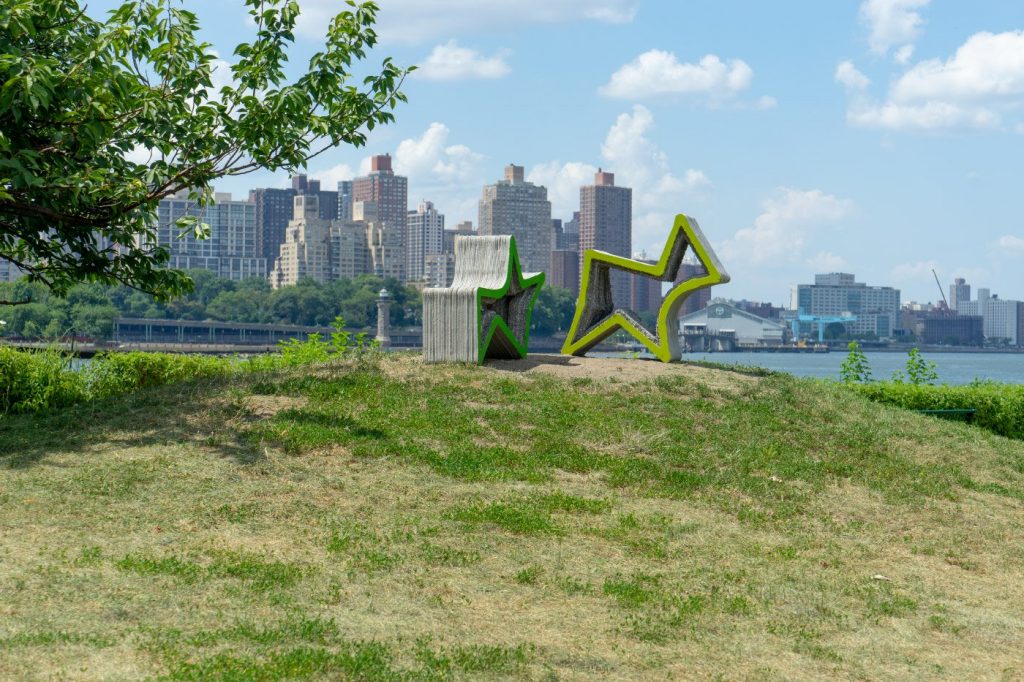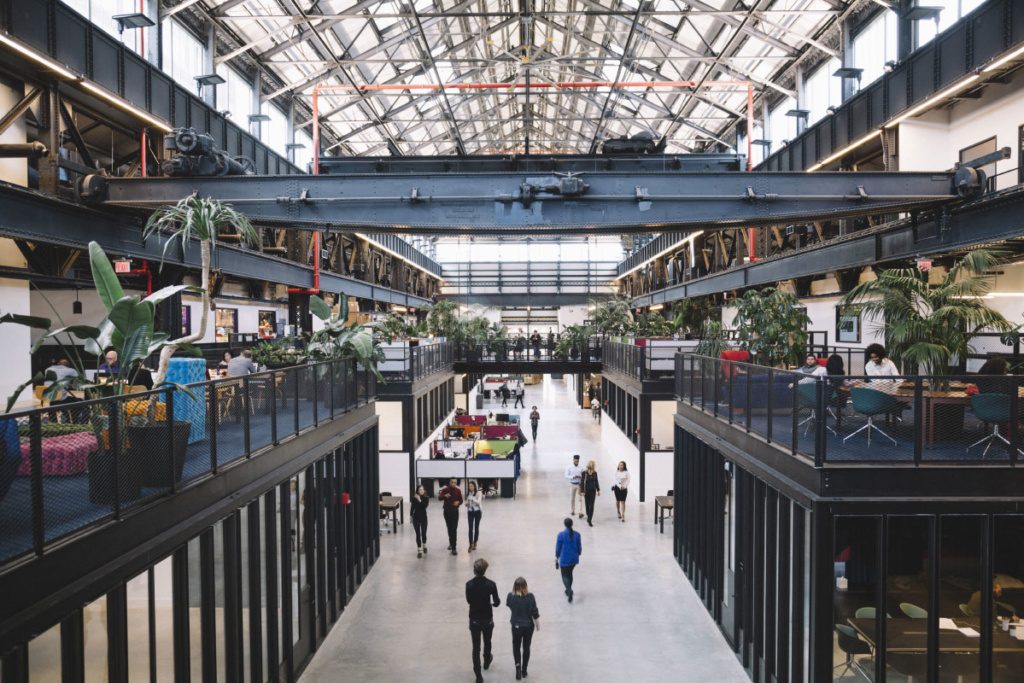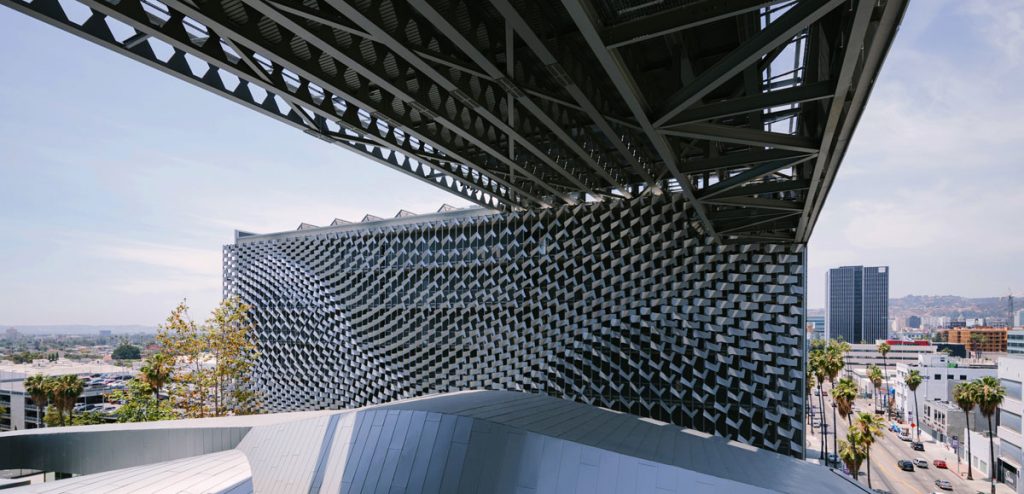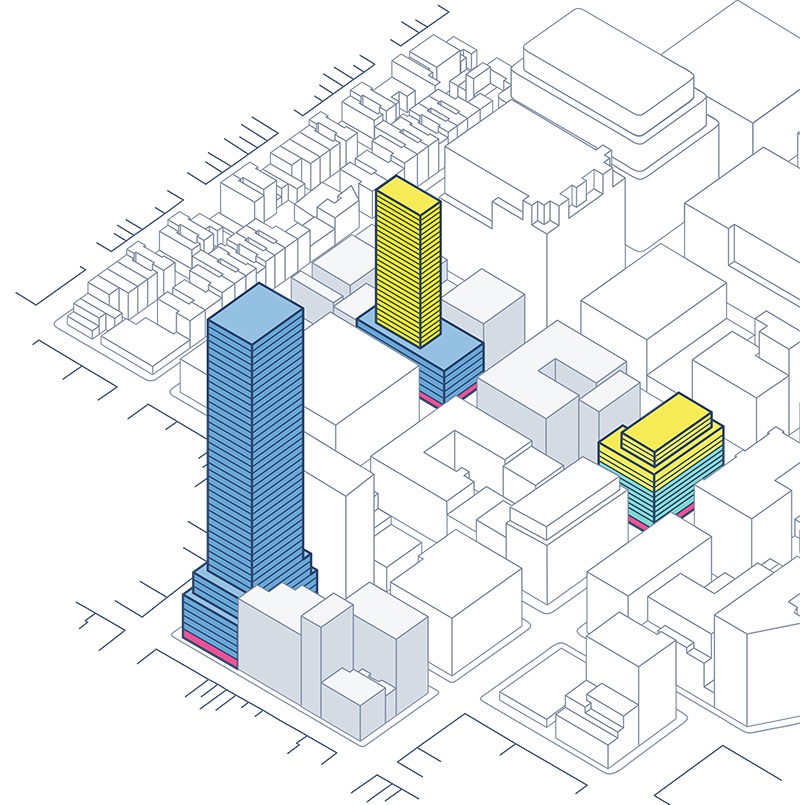Not content with monopolizing the home sharing market, Airbnb will soon start designing and selling their own affordable houses. Yesterday, Airbnb co-founder Joe Gebbia announced that the tech company would begin recruiting architects, engineers, industrial designers, roboticists, and more to join their housing prototype initiative Backyard. More than just a design exercise, Airbnb is looking to create sustainable,
In October 2018, Switzerland-based 3-D-graphics software company Imverse released a public beta version of its LiveMaker modeling tool. This powerful virtual reality interface allows for the transformation of 2-D inputs into immersive 3-D environments. While the use of VR in the field of architecture and design is by no means novel, it has primarily remained a tool for
Located in Mexico City’s Museo Universitario Arte Contemporaneo, KnitCandela is a 13-foot-tall curved concrete shell formed with a 3-D-knitted framework. The sculptural project is a collaboration between Zaha Hadid Architects’ Computation and Design Group (ZHCODE), ETH Zurich’s Block Research Group (BRG) led by Philippe Block and Tom Van Mele with PhD student Mariana Popescu, and Mexico’s Architecture Extrapolated who managed the on-site execution
New York–based multi-disciplinary studio, BREAKFAST, has unveiled a groundbreaking kinetic facade product dubbed “Brixels.” The use of kinetic panels for facade and interior design has rapidly grown in popularity both domestically and abroad recently, animating visuals and opening new paths for natural ventilation. Each display is composed of an array of brick-sized pieces that are fully customizable in terms
Global co-working (and education, and fitness, and budding neighborhood planning) company WeWork first announced that it would be taking over London’s protected Grade II* Number One Poultry building back in November of last year. Now the company has finished its move into James Stirling’s postmodern icon and released photos of the interior conversion. Completed in 1997, five years after Stirling’s death, One Poultry
Morpholio Trace, the CAD sketching app, has collaborated with Shapr3D, a modeling application, to roll out a new feature for its iOS 12 update, which Morpholio Trace has dubbed “Drag’n’Fly.” Anna Kenoff co-founded Morpholio Trace in 2011 as a 2-D sketching platform for the creation of floor plans, elevations, sections, and any quick architectural drawing. Over the years, the
Harvesting wind energy within urban environments remains a frustrating task. Wind tunnels created by increasingly prevalent tall buildings throw air currents in multi-directional gusts, rendering most conventional turbines relatively useless as they can only capture wind flows moving in a single direction. In pursuit of establishing an efficient tool for harvesting wind energy within cities,
UNStudio recently unveiled plans for a series of flexible and modular “Stations of the Future” that would service a massive hyperloop railway network throughout Europe. The Dutch architecture firm, founded by Ben van Berkel, proposed a concept station made from “tessellating” modules that can flex, adapt, and expand to fit into various locations, such as a crowded city center, the
In Cambridge, England, Marks Barfield Architects (MBA) is erecting a timber-structured mosque inspired by geometric design and landscaping found throughout the Islamic world. The Cambridge Mosque Project, founded by Dr. Timothy Winter in 2008, purchased the one-acre site in 2009. Allées of cypress and linden trees ring the mosque, which occupies a symmetrical 27-feet-by-27-feet grid. The
On August 28, creative visualization studio Kilograph was recognized by CGarchitect’s 2018 Architectural 3D Awards Competition for its Suspension House project. Suspension House is a collaboration with San Francisco-based architectural practice Fougeron Architecture. Kilograph was initially commissioned by the firm for marketing illustrations but made the case that a virtual experience would allow the client
The convergence of new technologies including artificial intelligence, the internet of things, electric cars, and drone delivery systems suggests an unlikely solution to the growing housing crisis. In the next few years, we may use an app on our smartphones to notify our houses to pick us up or drop us off. Honda recently announced the IeMobi
Navigating vast infrastructure and retail hubs, as well as urban environments, can prove to be a daunting task. Blippar, a London-based technology company, is easing wayfinding in these environments through AR-technology. In 2017, Blippar launched ARCity – AR Navigation, an app that allows users to explore hundreds of cities across the world. The app runs
Chiara Vailati, a doctoral student at ETH Zurich’s Institute for Building Materials, has developed an adaptive shading system that functions without sensors or motors. The shading system is composed of multiple pairs of parallel wooden planks which open and close autonomously. The system can be installed as a type of pergola, or horizontally across a
A research team within the U.S. Army Corps of Engineers recently 3D-printed full-scale concrete walls in an effort to create quick-to-assemble barracks for field housing, according to Engineering News Record. The project, named Automated Construction of Expeditionary Structures (ACES), aims to engineer structurally efficient and safe concrete barracks with precast roofs and 3D printed walls. In their latest tests, they were able
A research team led by Jamin Dillenburger, an assistant professor at ETH Zurich, has recently produced and installed a concrete ceiling shaped by 3D-printed sand formwork. Dubbed the “Smart Slab,” the 1000 square-foot ceiling is significantly lighter and thinner than comparable concrete ceilings. According to ETH Zurich, Dillenburger’s research group “developed a new software to fabricate the formwork elements,
On July 30th, WeWork announced its large-scale renovation of UBS’s Weehawken, New Jersey Lincoln Harbor campus. WeWork’s renovation is largely focused on a 100,000 square-foot common space area. The company’s team of designers and architects relied on qualitative and quantitative data, employee interviews and spatial analytics to create their proposal. Similar to WeWork’s shared office
Imverse, a Switzerland-based 3D computer graphics company, is pushing forward with immersive virtual reality experiences with potential architectural applications. Imverse’s Elastic Time, which premiered at the 2018 Sundance Film Festival, is a mixed reality documentary experience that allows the user to see their own body hologram with unlimited freedom of movement. The volumetric 3D environment provides
Syracuse-based APTUM Architecture has designed and fabricated Thinness, an ultra-light concrete pavilion in collaboration with international concretemanufacturer Cemex Global R&D. Concrete is one of the most ubiquitous construction materials in the world. Its advantages are many: it’s easy to produce, is remarkably strong, and can take on a variety of forms. It does, however, have one rather weighty constraint: it’s
On July 18th, Chattanooga-based architectural fabricator Branch Technology unveiled the world’s largest 3D-printed structure, a bandshell pavilion measuring 20-feet-tall and 42-feet-wide. The pavilion was first announced in Cambridge, Massachusetts during MIT’s 2018 International Association for Shell and Spatial Structures. The structure is located in Nashville’s emerging smart-city neighborhood, OneC1TY. Reported by Architect Magazine, the carbon
Open-plan offices are all the rage. Companies continue to strip away walls, push desks together, and create higher energy environments in the name of fostering face-to-face interaction, but a new article titled “The impact of the ‘open’ workspace on human collaboration” published in the Philosophical Transactions of the Royal Society B: Biological Sciences presents findings
Ithaca-based studio HANNAH has installed a series of 3D printed seats across Socrates Sculpture Park in Astoria, Queens, for the summer, extending their architectural experiments in large-scale 3D printing to sectional furniture. RRRolling Stones is the 2018 winner of Folly/Function, an annual competition held by the Architectural League of New York in partnership with the sculpture
Meet the incubators and accelerators producing the new guard of design and architecture start-ups. This is part of a series profiling incubators and accelerators from our April 2018 Technology issue. Located in a former shipbuilding space at the Brooklyn Navy Yard, New Lab is an 84,000-square-foot collaborative tech hub dedicated to entrepreneurs working on scalable technologies and products. New Lab supports companies in nine
From Grasshopper scripting to smart materials, technology is constantly changing the way architects and designers think about facades. Ahead of the Facades+ Los Angeles conference this month, The Architect’s Newspaper (AN) spoke to three industry leaders: Satoru Sugihara, principal and founder of computational design studio ATLV; Alvin Huang, founder and design principal of Synthesis Design + Architecture; and Doris Sung, principal of DOSU Studio Architecture,
Asking what our built environment will look like in the future is a vague and more-or-less impossible question to answer. However, speculating on what cities will look like in the next ten years is a game many in the real estate industry play. Furthermore, wondering where development opportunities lie is a lucrative business. Typically, asking
